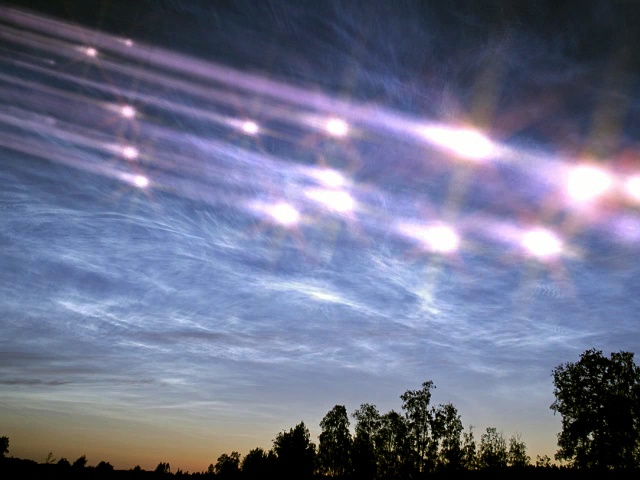One of the more spectacular meteor showers of the year peaks overnight
Saturday, with perhaps 60 visible meteors an hour. Fireballs -- any
meteor brighter than Venus -- are likely as Orionids plunge into the
atmosphere at 148,000 miles per hour.
Soon, Earth will pass through a stream of debris from Halley's Comet, source of the annual Orionid meteor shower. Forecasters expect 25 meteors per hour when the shower peaks on Oct. 21, 2012. The shower should be at its peak the night of Saturday, Oct. 20, until just before dawn on Oct. 21. This year, the moon will be setting at about midnight, which will keep the sky darkened enough that -- barring cloud cover -- an observer should be able to see up to 15 meteors per hour.
Soon, Earth will pass through a stream of debris from Halley's Comet, source of the annual Orionid meteor shower. Forecasters expect 25 meteors per hour when the shower peaks on Oct. 21, 2012. The shower should be at its peak the night of Saturday, Oct. 20, until just before dawn on Oct. 21. This year, the moon will be setting at about midnight, which will keep the sky darkened enough that -- barring cloud cover -- an observer should be able to see up to 15 meteors per hour.




0 comments:
Post a Comment